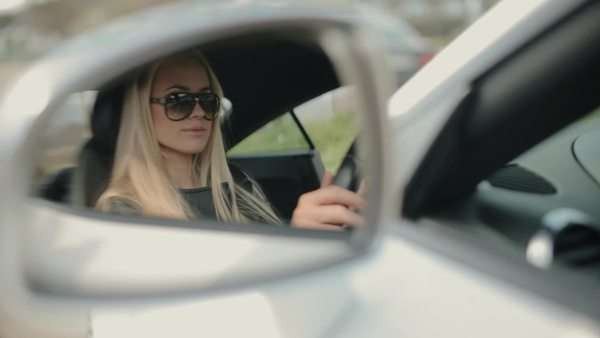The best driving glasses - to reach your
destination safe
When it comes to driving, good eyesight depends on many different factors.
When it comes to driving, good eyesight depends on many different factors. We must not only see without glare and without reflections, but also be able to see clearly and sufficiently contrasted at night.
1. An essential asset of the best sunglasses for driving: excellent antireflection treatment
Different light sources may interfere with our vision as we drive, eg. ex. strong sunlight, headlights, stray light from streetlights and glare on the glasses or windshield. Eyeglass lenses without anti-glare treatment can cause vision problems caused by annoying reflections, for example on wet roads and because of cars traveling the other way.
2. Extra protection with polarizing filters: better contrast and reduced glare
Reflections, whether they come from metal surfaces or a layer of water on the road, represent an additional risk if you wear standard glasses, regardless of the season. The light is reflected in a particular direction and causes annoying glare. Polarized glasses provide additional security in these situations.
3. More than just an aesthetic effect: tinted lenses also offer more comfort
Some glass colors are particularly pleasant to drive. Brown or gray lenses can identify traffic lights such as headlights or brake lights in a few thousandths of a second, thereby indirectly improving reaction times. Tip: Tinted glasses with color gradient make it easier to see the dashboard because they are lighter on the bottom of the glass.
4. No more dust and dirt on glasses: for clear vision in all situations
Whether it's to avoid irritations to the eyes from the blower heaters in winter or the wind in a convertible, there are many options to get you to your destination with your eyes rested, whatever either time. Some types of frames, for example, offer additional protection against dust particles or small insects.
